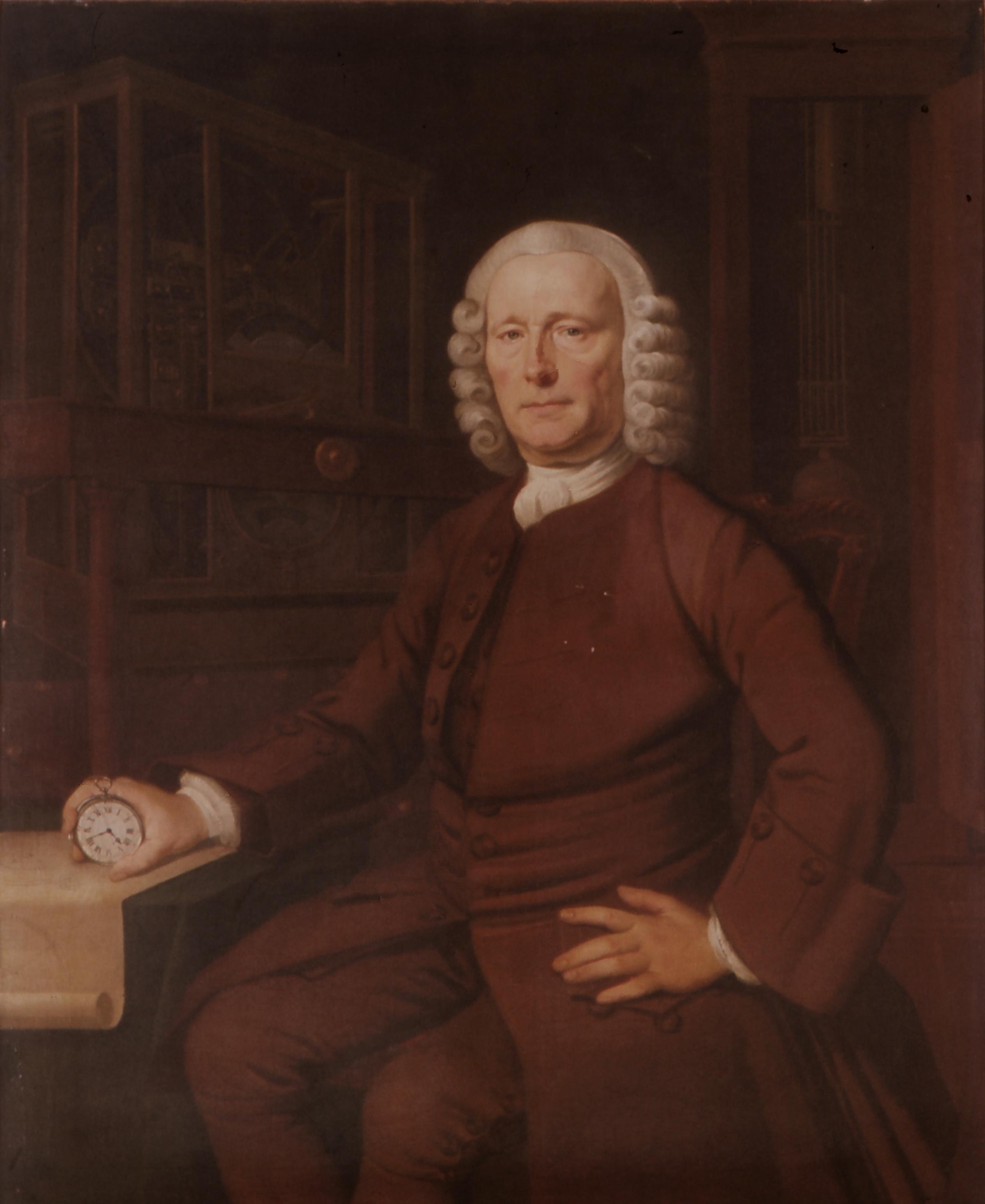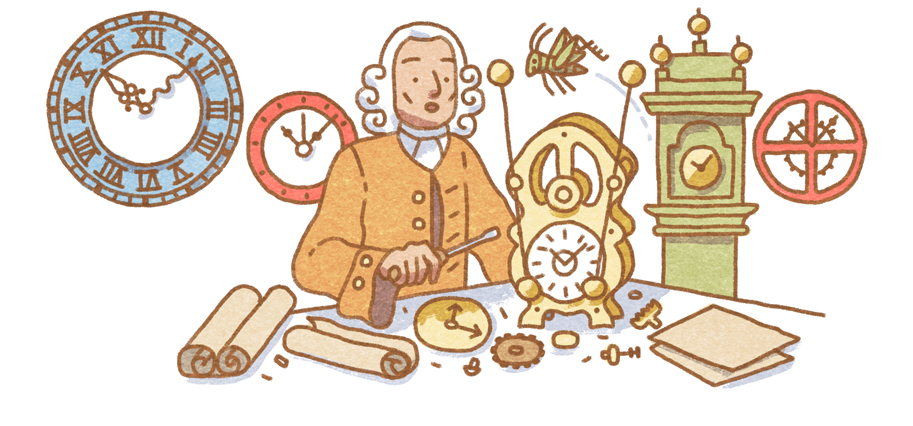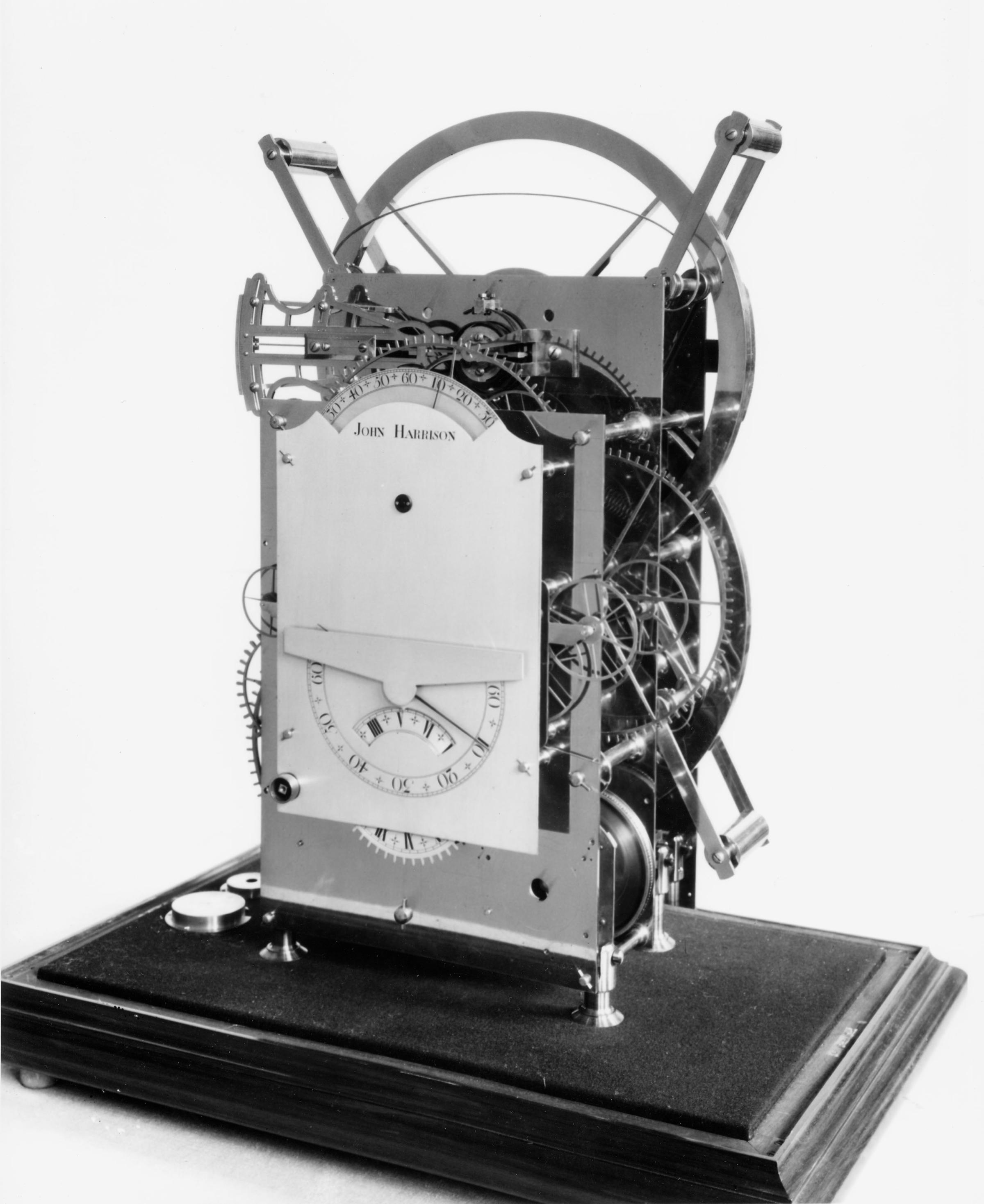
English clockmaker John Harrison revolutionized long distance seafaring in the 18th century, solving the problem of calculating longitude at sea and devising tools that helped sailors navigate with precision. Today, on what would have been Harrison’s 325th birthday, Google is celebrating the legendary horologist with a special Doodle.

In Harrison’s time, seafaring was dangerous. So much so that, after four ships and 1,300 sailors were lost in the Scilly Naval Disaster of 1707 , the British Parliament offered a £20,000 reward to anyone who could devise a way to calculate longitude at sea. Harrison, a self-taught carpenter, took up the challenge.

After 7 years of tinkering, in 1735 Harrison created the marine chronometer, a timekeeping device that was powered not by gravity, but by the motion of a ship. It was so accurate that it could be used by sailors as a portable time standard, who compared their local time to Greenwich Mean Time to calculate longitude, or east-west location on the Earth.

Time has looked kindly on Harrison’s inventions: In 2015, the Guinness World Records’ association declared one of his clocks projects the most accurate swinging pendulum clock in the world. The project drew ridicule when Harrison boasted it would still be accurate within a second after 100 days of ticking; 250 years later, he was proven right.
More Must-Reads from TIME
- Why Trump’s Message Worked on Latino Men
- What Trump’s Win Could Mean for Housing
- The 100 Must-Read Books of 2024
- Sleep Doctors Share the 1 Tip That’s Changed Their Lives
- Column: Let’s Bring Back Romance
- What It’s Like to Have Long COVID As a Kid
- FX’s Say Nothing Is the Must-Watch Political Thriller of 2024
- Merle Bombardieri Is Helping People Make the Baby Decision
Write to Eli Meixler at eli.meixler@time.com